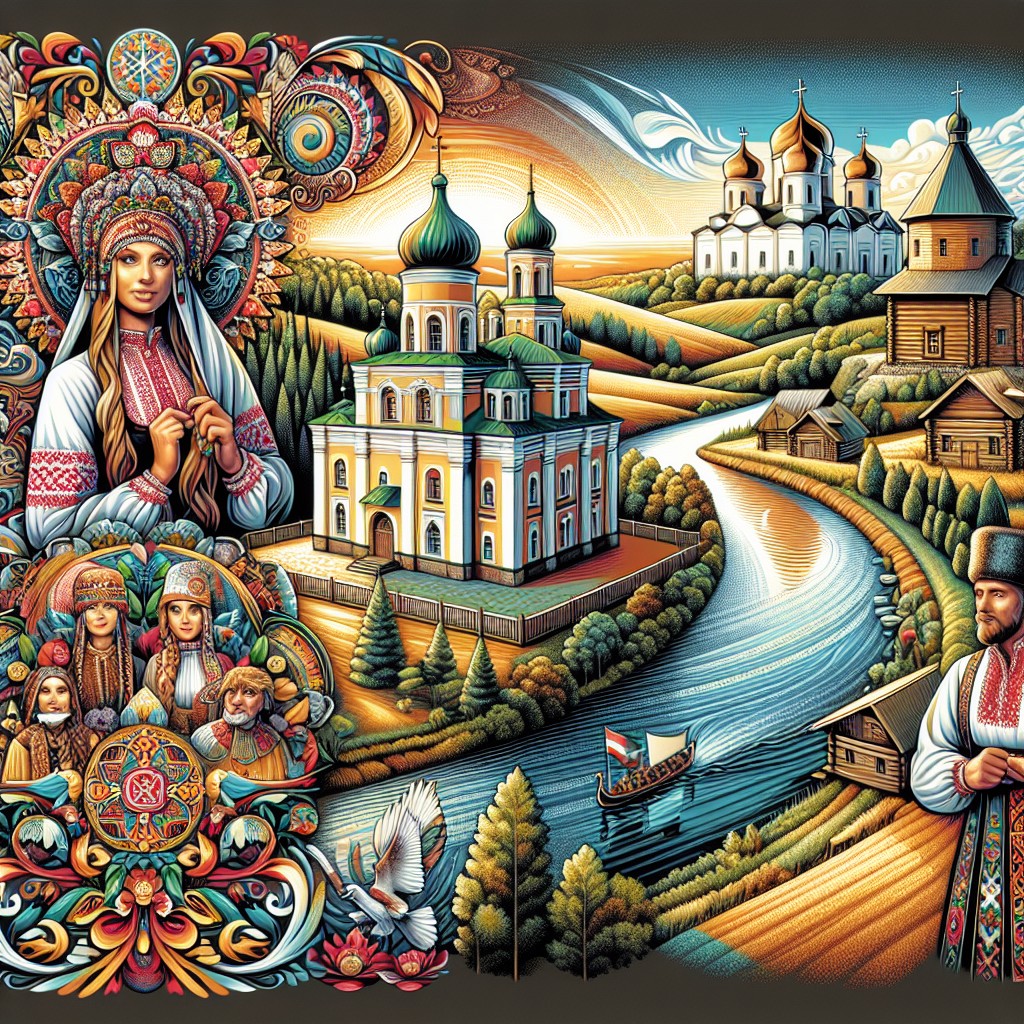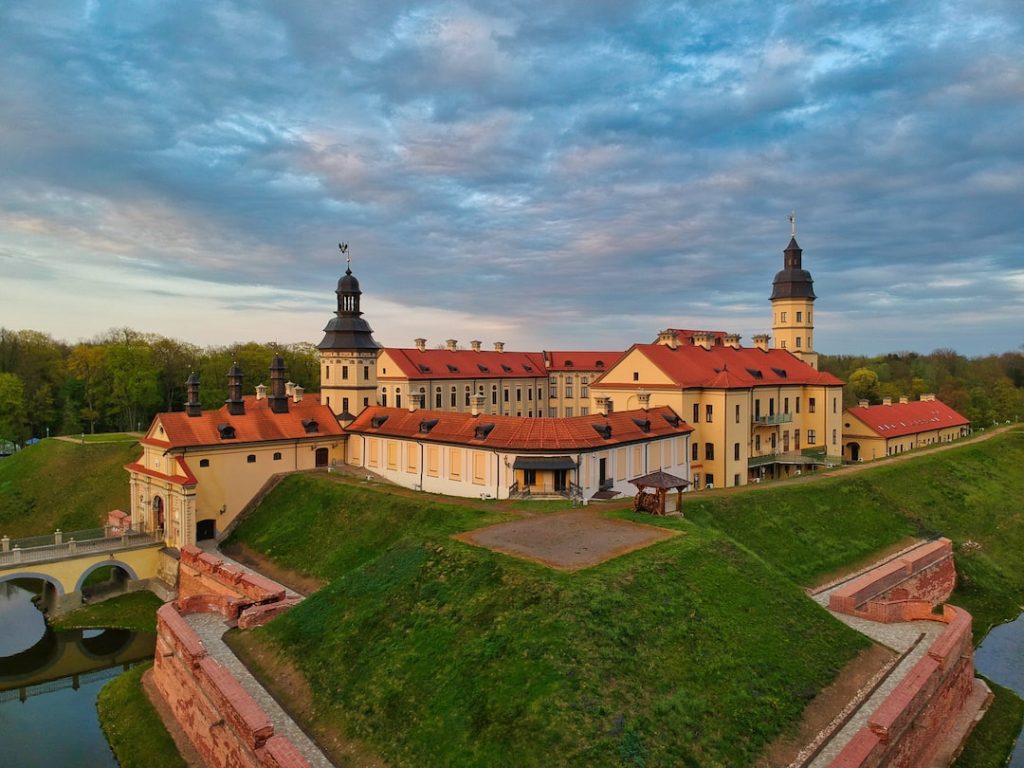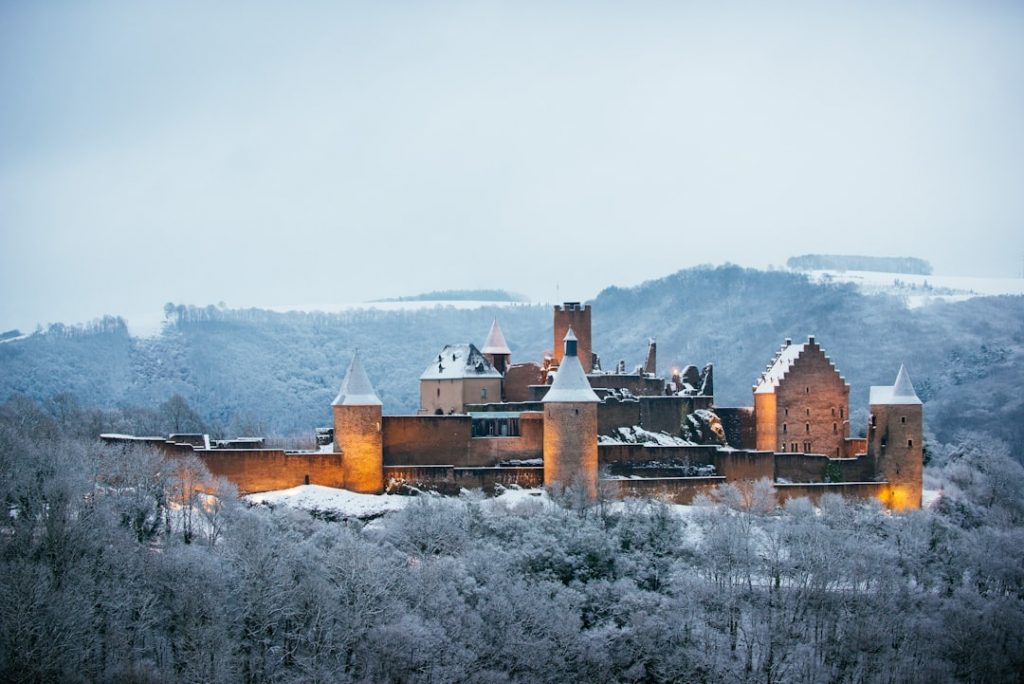Discover the Natural Resources of Belarus: From Water to Mineral Resources In Belarus
Forests and Timber: Belarus’ Abundant Woodlands
Belarus is known for its extensive forests, covering approximately 40% of the country’s land area. The timber industry is a significant contributor to Belarus’ economy, with timber exports accounting for a substantial portion of the country’s export revenues. The forestry sector in Belarus is well-managed and follows sustainable practices to ensure the long-term viability of the forests.
Sustainable forestry practices in Belarus include selective logging, reforestation efforts, and the protection of biodiversity within the forests. The government has implemented strict regulations to prevent overexploitation and illegal logging. Additionally, Belarus has established protected areas and national parks to preserve its unique ecosystems and wildlife.
Agriculture and Farming: Belarus’ Fertile Farmland
Belarus has fertile farmland that supports a thriving agricultural sector. Agriculture plays a vital role in the country’s economy, contributing to food security and export revenues. The main crops grown in Belarus include wheat, barley, potatoes, sugar beets, and flax. Livestock farming is also prevalent, with dairy and meat production being significant contributors to the agricultural sector.
Sustainable farming practices are encouraged in Belarus to minimise environmental impact and ensure the long-term productivity of the land. These practices include crop rotation, precision agriculture techniques, organic farming methods, and the use of modern technologies to optimise resource efficiency.
Minerals and Mining: Belarus’ Rich Mineral Deposits
Belarus is rich in mineral resources, including potash, rock salt, limestone, dolomite, and peat. Mining plays a crucial role in the country’s economy, contributing to export revenues and providing employment opportunities. Potash mining, in particular, is a significant industry in Belarus, with the country being one of the world’s leading producers of this essential fertiliser ingredient.
While mining is important for Belarus’ economy, it also poses environmental concerns. The extraction of minerals can lead to habitat destruction, soil erosion, and water pollution if not properly managed. To mitigate these impacts, Belarus has implemented regulations and monitoring systems to ensure responsible mining practices and minimise environmental damage.
Water Resources: Belarus’ Rivers, Lakes and Wetlands
Belarus is blessed with abundant water resources, including rivers, lakes, and wetlands. These water bodies play a vital role in the country’s economy and society. They provide water for irrigation, support fisheries and aquaculture industries, offer recreational opportunities, and contribute to the overall biodiversity of the region.
Belarus’ waterways are home to various fish species, including pike, perch, carp, and catfish. The country also has a diverse range of aquatic plants and wetland ecosystems that provide habitat for numerous bird species.
However, water pollution is a significant concern in Belarus. Industrial activities, agricultural runoff, and inadequate wastewater treatment can lead to contamination of water bodies. Efforts are being made to address these issues through stricter regulations and improved wastewater management systems.
Oil and Gas: Belarus’s Growing Energy Industry
Belarus has limited reserves of oil and gas, but has been working towards developing its energy industry. The production of oil and gas contributes to the country’s energy security and reduces dependence on imports. However, the extraction and production of fossil fuels come with environmental concerns such as air pollution and greenhouse gas emissions.
To mitigate these impacts, Belarus is exploring renewable energy sources and investing in alternative energy projects. The government has set targets for increasing the share of renewable energy in the country’s energy mix, promoting the use of wind, solar, and biomass energy.
Wildlife and Biodiversity: Belarus’ Diverse Ecosystems
Belarus is home to a diverse range of wildlife and ecosystems, including forests, wetlands, and grasslands. The country’s biodiversity is rich, with numerous plant and animal species inhabiting its protected areas and national parks.
Preserving biodiversity is crucial for maintaining the ecological balance and ensuring the long-term sustainability of Belarus’ natural resources. Efforts are being made to protect endangered species, restore habitats, and promote conservation awareness among the population.
However, threats to Belarus’ ecosystems and wildlife persist. Habitat loss, pollution, climate change, and illegal hunting pose significant challenges to biodiversity conservation. Collaborative efforts between the government, non-governmental organisations, and local communities are essential to address these threats and protect Belarus’ unique ecosystems.
Peat and Turf: Belarus’ Valuable Peat Deposits
Belarus has extensive peat deposits, which are valuable for their use as fuel and as a raw material in horticulture. Peat extraction contributes to the country’s economy but also raises environmental concerns. The extraction process can lead to habitat destruction, carbon emissions, and water pollution if not properly managed.
To address these concerns, Belarus has implemented regulations for sustainable peat extraction. These regulations include measures to minimize environmental impact, restore peatlands after extraction, and promote responsible peatland management practices.
Climate and Weather: Belarus’ Unique Environmental Conditions
Belarus has a temperate continental climate characterised by cold winters and warm summers. The country experiences a wide range of weather conditions throughout the year, including heavy snowfall in winter and occasional heat waves in summer.
Understanding climate and weather patterns is crucial for various industries in Belarus, particularly agriculture. Farmers rely on accurate weather forecasts to plan their planting and harvesting schedules, manage irrigation, and protect crops from extreme weather events.
Climate change poses a significant threat to Belarus’ environmental conditions. Rising temperatures, changing precipitation patterns, and increased frequency of extreme weather events can have adverse effects on agriculture, water resources, and ecosystems. Efforts are being made to adapt to these changes and mitigate their impacts through sustainable development practices.
Conservation and Sustainability: Protecting Belarus’ Natural Resources for the Future
Conservation and sustainability are of utmost importance in Belarus to ensure the long-term viability of its natural resources. The government, along with various organisations and stakeholders, is working towards protecting and preserving the country’s forests, farmland, water resources, minerals, wildlife, and ecosystems.
Efforts include the establishment of protected areas, implementation of sustainable forestry and farming practices, promotion of renewable energy sources, conservation of biodiversity, and raising awareness about environmental issues among the population.
However, challenges remain in achieving sustainable development in Belarus. Balancing economic growth with environmental protection requires careful planning, effective policies, and collaboration between different sectors. The future holds opportunities for innovation and technological advancements that can contribute to sustainable development in Belarus while preserving its natural resources for future generations.
Belarus is blessed with diverse natural resources that play a crucial role in its economy and society. From vast forests to fertile farmland, rich mineral deposits to abundant water resources, valuable peat deposits to unique ecosystems, Belarus’ natural resources provide employment opportunities, contribute to export revenues, support various industries, and sustain the country’s biodiversity.
However, the exploitation of these resources must be done responsibly to minimise environmental impact and ensure their long-term sustainability. Conservation efforts, sustainable practices, and awareness about environmental issues are essential for protecting Belarus’ natural resources for the future. By embracing sustainable development, Belarus can continue to benefit from its natural wealth while preserving its unique ecosystems and wildlife.
FAQs
What are the natural resources of Belarus?
Belarus has a variety of natural resources, including forests, peat deposits, mineral resources such as potash, rock salt, and limestone, as well as agricultural land.
Where are the forests located in Belarus?
Forests cover about one-third of Belarus and are located mainly in the north and east of the country.
What are peat deposits, and where are they located in Belarus?
Peat deposits are layers of partially decayed plant material that can be used as fuel. Belarus has significant peat deposits, which are mainly located in the central and southern parts of the country.
What are mineral resources, and where are they located in Belarus?
Mineral resources are naturally occurring substances that can be extracted from the earth. Belarus has significant deposits of potash, rock salt, and limestone, which are mainly located in the south and southeast of the country.
What is potash, and how is it used?
Potash is a mineral that is used primarily as a fertiliser in agriculture. It is also used in the production of glass, soap, and other chemicals.
What is rock salt, and how is it used?
Rock salt is a mineral that is used primarily as a de-icing agent on roads and sidewalks during the winter. It is also used in the production of chemicals and in the food industry.
What is limestone, and how is it used?
Limestone is a sedimentary rock that is used primarily in the construction industry as a building material and as a raw material for cement production. It is also used in the production of steel, glass, and other chemicals.
What is the agricultural land like in Belarus?
Belarus has fertile agricultural land that is used primarily for the production of crops such as wheat, barley, and potatoes. Livestock farming is also an important part of the agricultural sector in Belarus.



